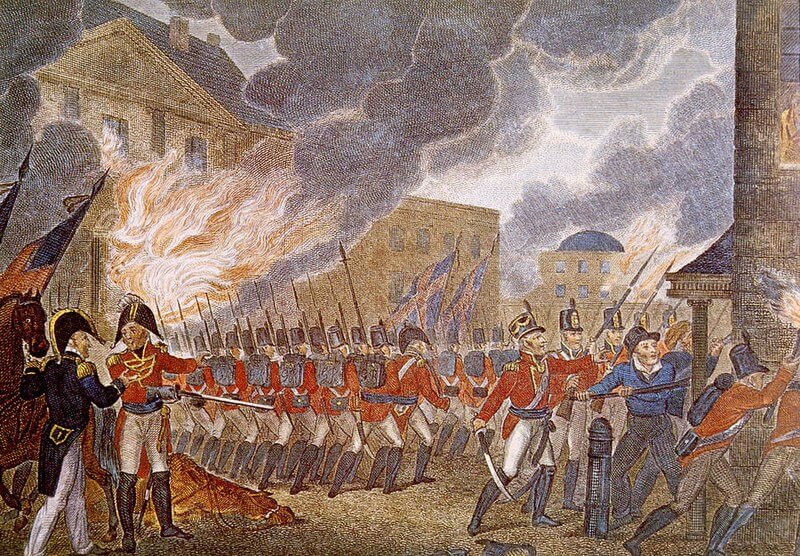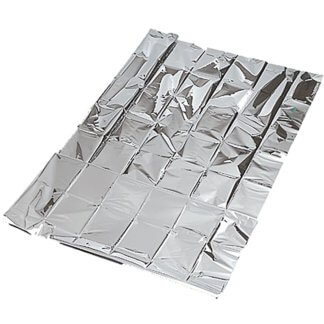
US Military History Throughout The Years
Short bits of history you know, and some you may not!
- Update on Afghanistan: Sunday, August 22, 2021 – As Afghanistan dominates headlines across the country I am sure most readers are aware of the current situation in Afghanistan and what is happening in Kabul. With the White House caving to terrorist demands and pulling out by the end of the month, we can only hope as many Americans and allies are evacuated as possible in the mean time. Last week I covered how Panjshir Resistance, also known as the Northern Alliance 2.0. Panjshir is a province near Kabul and due to its overall geography easy to defend. The area held out stoutly against the USSR in the 1980’s and during the 1990’s during the Afghan civil war. They have made some gains against the Taliban and secured some cities and districts in their immediate area. Due to information being conflicting, it is hard to tell exactly what progress they have made though. Overall though they continue to hold out and just the fact of that is a light in the darkness of the current situation. If they are able to secure a major airfield they may see international support in the from of equipment and supplies among other aid to help them make major gains against the Taliban.
- Burning Washington: Thursday, August 25, 1814 – During the War of 1812, British forces would attack and set fire to Washington City, present day Washington D.C. The attack and subsequent burning of Washington was in retaliation of American attacks, and burning, on the Canadian cities of York and Niagara. The US Capitol, White House and The Library of Congress, along with much more of the city were damaged and burned. The next day British forces left Washington. The fires were put out only days later when a powerful storm, possibly a hurricane, swept through the city. Some 3,000 volumes were burned in the Library of Congress. One surviving book was taken by a British officer and kept by his family. It wasn’t until 1940 that was returned to the US.
- A Proclamation for Suppressing Rebellion and Sedition: Wednesday, August 23, 1775 – After the news of the Battle of Bunker Hill and the continuation of the American Revolution, King George III of Great Britain issues the Proclamation of Rebellion, officially titled A Proclamation for Suppressing Rebellion and Sedition. The proclamation declared the American colonies in “open and avowed rebellion” and ordered the British Empire to withstand and suppress the rebellion. It also encouraged subjects to report on anyone helping the rebellion or as it was called “traitorous correspondence”. The newly formed Continental Congress would respond that the British Parliament never had a legitimate claim over the colonies and that they had always been loyal to the king.
- Armada: Monday, August 27, 1945 – Following the surrender of Japan during WW2 a massive Allied Naval Fleet would assemble in Tokyo Bay. The American Third Fleet, under command of Admiral Bull Halsey, along with the British Pacific Fleet would anchor over 300 ships in the bay to await the formal surrender of Japan. Among those ships would be 10 battleships, including the USS Missouri and USS Iowa. 5 aircraft carriers, 15 cruisers, 59 destroyers and destroyer escorts, and a dozen submarines would accompany those battleships along with a massive assortment of other naval support ships.
This week’s featured products.
Best-Selling Military Gear
-

North American Rescue GEN 7 CAT Tourniquet
$29.99 Select options -

USGI M249 SAW Ammo Box, 200 Round
$11.99 – $16.99 Select options -

Eagle Industries Double M4 Mag Pouch
$3.99 Select options -

USGI Military Poncho Liner, Woobie Blanket
$19.99 – $49.99 Select options -

USGI 6 Magazine Bandoleer
$7.99 – $21.99 Select options -

USGI 1 Quart Canteen
$5.49 Select options -

North American Rescue Compressed Gauze
$4.99 Select options -

North American Rescue Survival Blanket
$1.59 Select options








